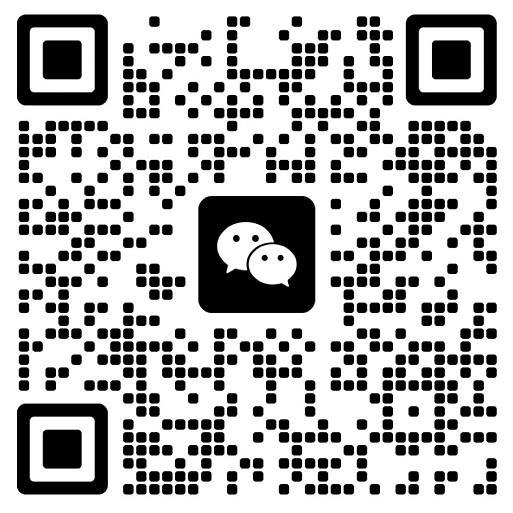What are the testing standards for textile fabrics and which platform fields are applicable
Time of issue:
2023-07-06
Textiles are the closest thing to our bodies, and clothes are processed and synthesized using textile fabrics. Different textile fabrics have different properties, and mastering the performance of each fabric can help us better choose fabrics; The application of different textile fabrics will also be different, and the scope of clothing design may be far from the same. And we have a set of testing methods for each different textile item, which can help us test the performance of different fabrics. Next, Xiaobian will introduce the testing standards of textiles and what platforms and fields are applicable to them.
Textiles are the closest thing to our bodies, and clothes are processed and synthesized using textile fabrics. Different textile fabrics have different properties, and mastering the performance of each fabric can help us better choose fabrics; The application of different textile fabrics will also be different, and the scope of clothing design may be far from the same. And we have a set of testing methods for each different textile item, which can help us test the performance of different fabrics. Next, Xiaobian will introduce the testing standards of textiles and what platforms and fields are applicable to them.
Settlement detection: online e-commerce platforms (Tmall, Jingdong, Vipshop, Pinduoduo, Douyin, Dewu, Youzan, etc.) or offline shopping malls and supermarkets settlement detection.
Costumes into humans: shirts; Men's and women's suits and coats; Woven and knitted dresses semi-skirts; denim clothing; Windbreaker; Single and clip clothing; storm jackets; loungewear pajamas; knitted casual clothing; knitted T-shirts; Ordinary sweater knitwear; Sportswear; Other adult clothing; down clothing;
Infant category: baby clothing, children's clothing, baby bedding
Bidding test: knitted school uniform GB/T31888; Woven school uniform GB/T31888; Curtain FZ/T 62011.1
Sampling inspection and testing in the circulation field: knitted infant clothing FZ/T 73025; knitted children's clothing FZ/T 73045; woven infant clothing GB/T 33271; woven children's clothing GB/T 31900; single and clip clothing FZ/T 81007; shirt (weaving) GB/T 2660
Textile testing mainly includes:
Composition test: fiber characterization; fiber content; Material identification
Color fastness test: water resistance; resistance to perspiration; Friction resistance; Saliva resistance; soap resistance; Resistant to dry cleaning; Light resistance; splicing and dyeing; Lightfastness, sweat compound; Resistant to dry heat; Heat pressure resistance; seawater resistant; resistant to actual washing; Resistant to chlorinated water; Phenol yellowing
Dimensional stability: washable shrinkage GB, ISO; Washable shrinkage rate AATCC; dry cleaning shrinkage; steam shrinkage; dry heat shrinkage; twist after washing; Appearance after washing
Strength test: breaking strength; tearing force; Top breaking force; Expansion and rupture strength; strong seams; seam slippage; peeling strength; strong seam seam at the back of the trousers; Resiliency
Physical test: pilling/GB; Pilling/external standard; abrasion resistance; moisture regain rate; hook performance; Yarn count; Density; grammage; Twist; Width; Weft tilt
Chemical test: pH; Formaldehyde; Decomposable aromatic amine dyes; Peculiar smell; Heavy metal; phthalates (6P); Chlorophenol; Alkylphenol ethoxylate; Alkylphenols
Down test: down seed identification; down analysis; anti-drill fleece; Filling volume; Lint content, lint content, deviation; fluffiness; oxygen consumption; cleanliness; moisture rate; residual fat rate; smell
Functional test: water retention; oil repellent; antifouling performance; hydrostatic pressure; wicking height; water absorption; drip diffusion time; water evaporation rate; moisture permeability; breathability; static voltage half-life; electrostatic performance charge areal density; electrostatic property resistivity; UV protection; shading; Heat preservation rate; rain shower; Instant cooling performance on contact; towel hair removal rate; Antimicrobial/single strain; Point-to-point resistance
Combustion performance test: flame retardancy/vertical method; Flammability; Oxygen index
Commonly used textile standards are as follows:
GB18401-2003 National Basic Safety Technical Code for Textile Products
FZ China Textile and Apparel Association
ISO (International Organization for Standardization Standard)
IWS International Wool Bureau
IDFB International Down and Feather Office
AATCC (American Society of Textile Chemists and Graphic Dyers Standard)
EN (European Standard)
JIS (Japanese Industrial Standard)
BS (British Standards Institution Standard)
DIN (German National Standards Institute Standard)
CAN (Canadian National Standard)
AS (Australian National Standard)
US CPSC (US Consumer Product Safety Commission).
ASTM (American Society for Testing and Materials Standard)
KS (Korean Standard) and other standards of different countries/regions/organizations
Keyword:
Recommended News
2023-07-06
How do fat girls match clothes to look thin
2023-07-06
Precautions for washing wool fabric clothes
2023-07-06
2023-07-06
Shantou Webster Fashion Co.,Ltd
Mobile phone:+8613302733993
E-mail:A13302733993@outlook.com
E-mail:stwebster822@gmail.com
whatsapp:+8613302733993
WeChat:webster8822
Mobile Site

Mobile Site
WEBSTER

WEBSTER
Copyright © Shantou Webster Fashion Co.,Ltd

